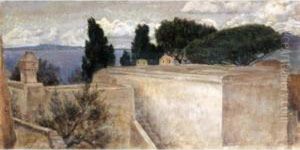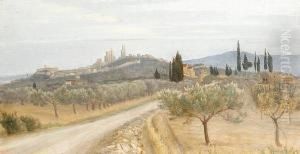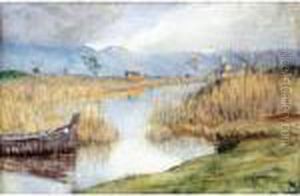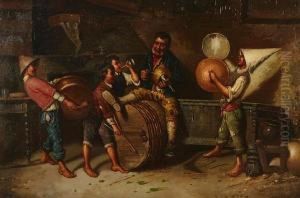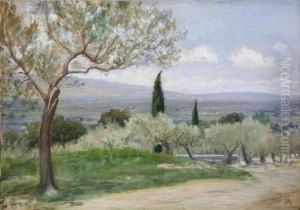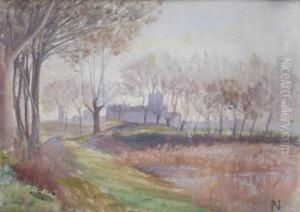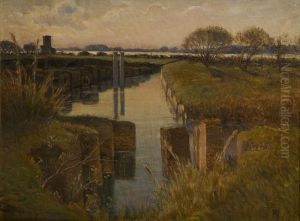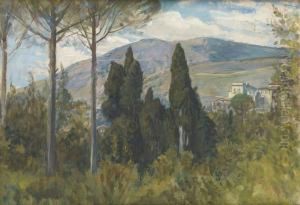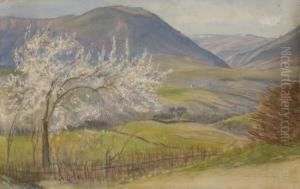Napoleone Parisani Paintings
Napoleone Parisani was an Italian painter, born in 1807 in Loreto, within the Papal States. He was a prominent figure in the Italian painting scene of the 19th century. Parisani's artistic journey began at a young age under the guidance of his father, who was also a painter. His initial training was heavily influenced by the neoclassical style, which was prevalent in European art during that period.
During his formative years, Parisani moved to Rome, which was a hub for artists seeking to study the great masters and the classical antiquities. There, he was able to refine his skills and absorb the rich artistic traditions of the Italian Renaissance and Baroque periods. He was particularly influenced by the works of Raphael and Michelangelo. In Rome, he became associated with a group of artists who were engaged in reviving the classical ideals of beauty and harmony in art.
Parisani's body of work is characterized by historical and religious subjects, portrayed with a strong emphasis on idealism and a fine attention to detail. His paintings often reflected the neoclassical style's focus on symmetry, clear outlines, and calm and serene subjects. He also painted portraits and was known for his skill in capturing the likeness and character of his sitters.
Throughout his career, Napoleone Parisani enjoyed considerable success and was commissioned to create artworks for various churches and noble patrons. His works were exhibited in prestigious venues and earned him accolades from critics and the public alike.
Parisani's legacy is preserved in the collections of various Italian museums and galleries, and his works continue to be studied by art historians interested in the neoclassical movement and its impact on Italian art.
Napoleone Parisani passed away in 1869. His contributions to the Italian art scene of the 19th century remain significant, and he is remembered as a talented artist who upheld the classical traditions within the context of a rapidly modernizing world.
